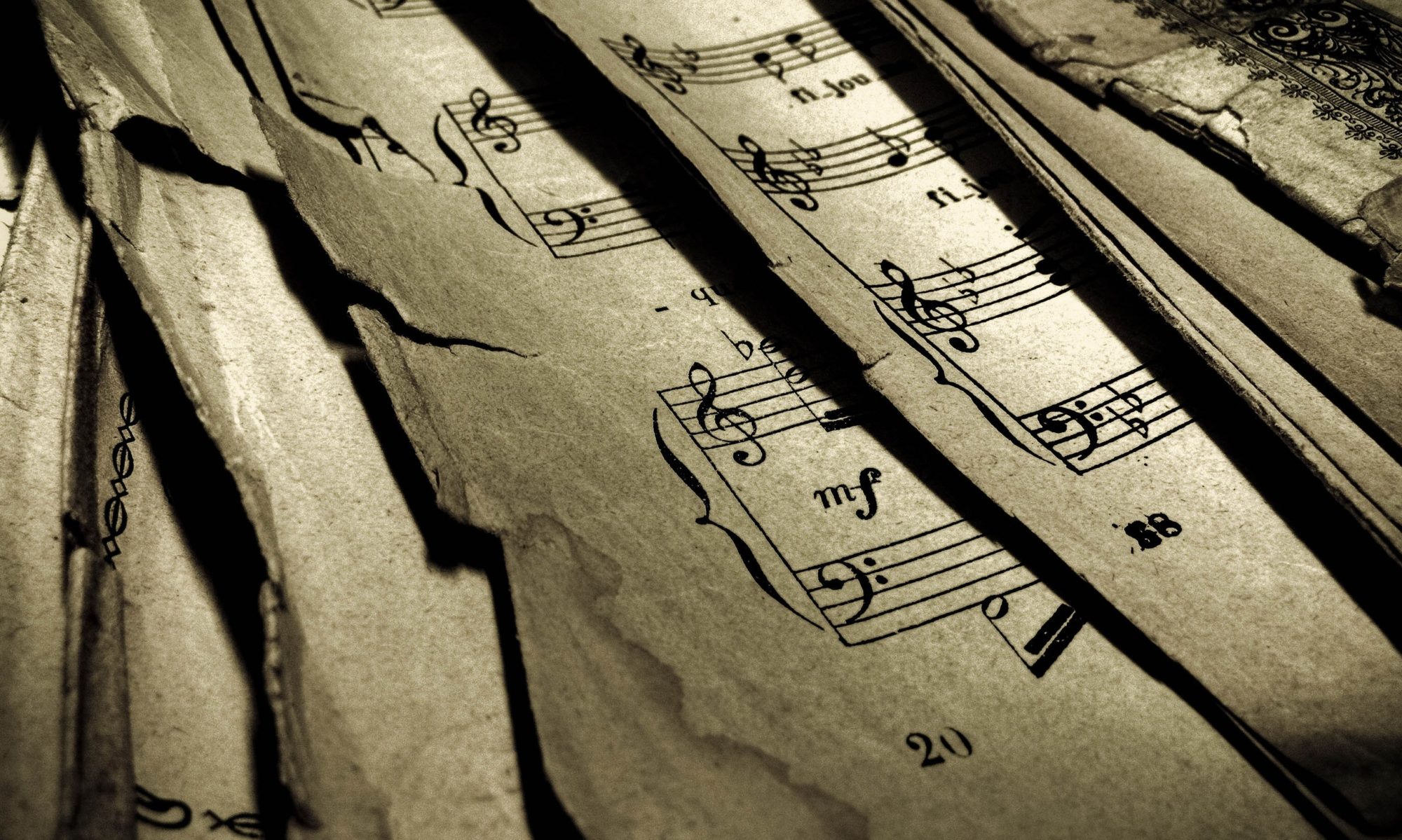-
Wilder Munck posted an update 6 years, 5 months ago
The forge may be the heart with the blacksmith’s shop. It is from the forge that the blacksmith heats metal until it reaches a temperature and becomes malleable enough for him to utilize his other equipment to shape it.
The regular blacksmith’s forge changed and become more sophisticated as time passes, nevertheless the fundamental principles remain unchanged. The most typical forge may be the one fired by coal, charcoal or coke. The forge can be a specifically created fire the place that the temperature could be controlled so that the metal is heated to the temperature the blacksmith wants, depending on what he promises to do – shaping, annealing or drawing. The there main elements of the forge are:
· The hearth in which the burning coke (or other fuel) is contained and over which the metal is put and heated.
· The Tuyere that is a pipe leading in to the hearth in which air has. The strength of the fire along with the heat it generates will depend on the quantity of air being fed for it with the Tuyere tube.
· The bellows would be the mechanism in which air is forced through the Tuyere tube to the hearth. While earlier bellows were pumps operated by muscles power, modern forges have high power fans or bowers to make air to the Tuyere
The blacksmith adjusts the mix of air and fuel within the hearth the produce the exact temperature required to heat the metal. A conventional blacksmith’s forge will have a flat bottomed hearth with all the Tuyere entering it from below. The main of the fire is a mass of burning coke in the center of the hearth. For this burning coke is a wall of hot, and not burning coal. This wall of coal serves two purposes. It provided insulation and contains and focuses the warmth from the fire to some limited area, allowing the blacksmith to heat the metal inside a precise manner. The coal also becomes transformed in coke which may then be used as fuel to the hearth.
The outer wall with the fire comprises of a layer of raw coal, which is often kept damp so as to control the warmth with the inner layer of hot coal to ensure that is may slowly "cook" into coke.
How big is the flames and the heat it makes could be changed by either adding or removing fuel as a result too and adjusting the air flow. By changing the shape with the surface layers of coal, the shape in the fire can even be modified to fit the form of the metal piece being heated.
Many modern blacksmiths use gas forges. These are generally fueled by either propane or propane. The gas is fed in to the hearth, that’s lined by ceramic refractory materials, and blended with air and ignited. The stress at which the gas has been fed to the hearth may be adjusted to vary the temperature. While gas forges are easier to use and wish less maintenance and cleaning, the drawback is that, unlike a coal fired forge, the form from the fire is fixed and cannot be changed to fit the contour and size the metal being heated.
For more info about hudojestvennaya kovka please visit resource:

Tali Gottfried and Grace Thompson